Teaching place value can be SOOOO frustrating. I remember teaching a lesson to 3rd graders years ago and feeling so confident in my students’ understanding of the concepts. The next day, I asked them to apply what they’d learned in a new context and quickly discovered that they most definitely DID NOT understand.
Luckily, over the years, I’ve picked up some tips and tricks that help make place value concepts STICK! There are easy ways to help students make sense of these tricky understandings.
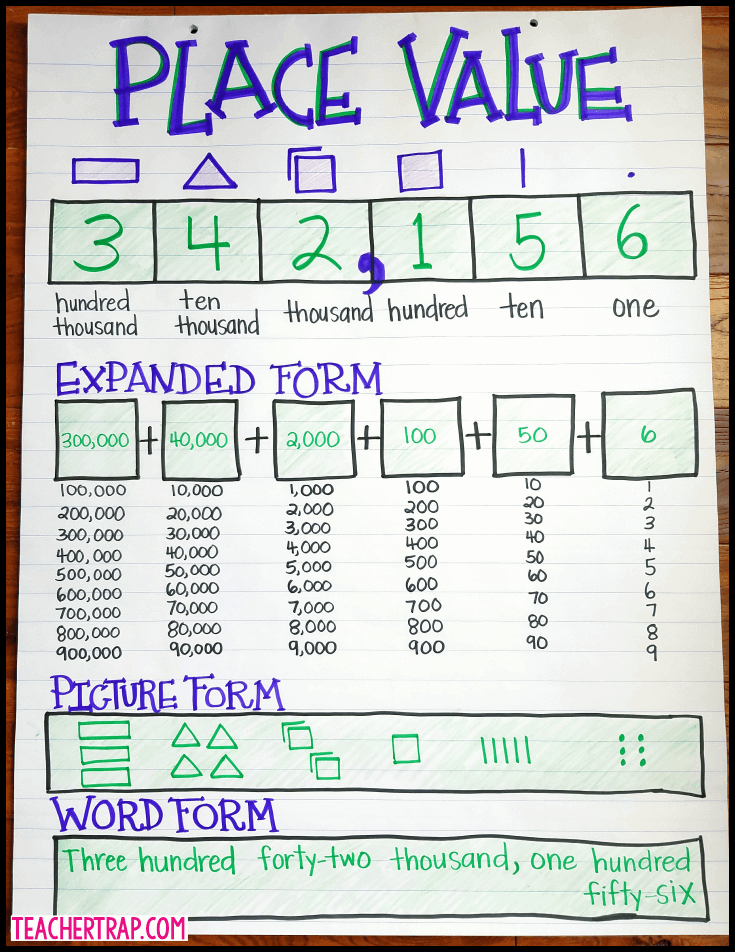
Tip #1: Connect Place Value to Money
One of the easiest ways to help children make sense of place value concepts is to help them connect place value to money. Kids love money and most children already understand the idea that 10 pennies can be traded for a dime and 10 dimes can be traded for a dollar. Why not capitalize on this perfect foundation!?
The first game in both my 2nd and 3rd grade Place Value Made Easy Units, gets students exploring how money and base-10 numbers work in a similar ways. When students understand that ones blocks are the same as pennies, and tens blocks are the same as dimes, you can quickly build on their prior knowledge of money.
Learn about these units AND grab my Place Value Mat FREEBIE in the Preview files of each:
Tip #2: Move Between Representations
Once students have the basics of place value down, the next step is to give them LOTS of practice moving between the different representations. Don’t practice JUST word form one day and JUST expanded notation another. Mix it up! Get students moving back and forth as much as possible.
In the beginning (and later as quick review), I like to play whole class games where students write on their desks. I’ll write a number on the board in standard, expanded, or picture form, and the the kids will write it a different way. Then one student comes up to share their answer and the whole class checks their own work. This is an easy way for me to see who has the basics down and who needs more support, and to clear up any misconceptions I’m noticing.
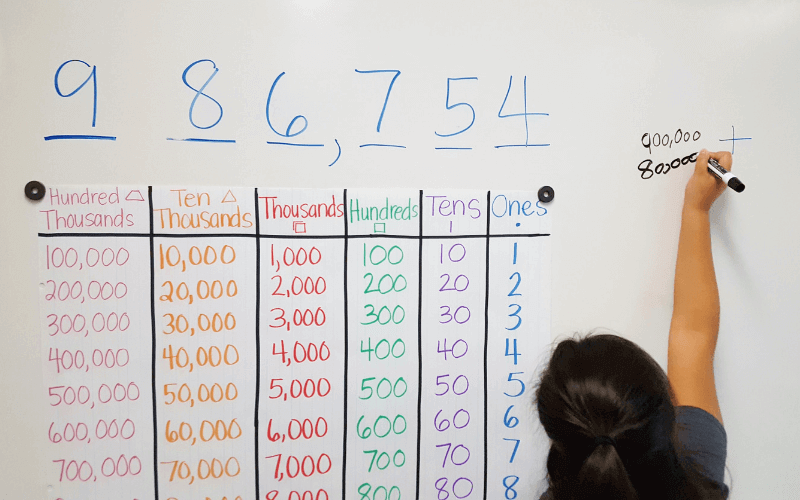
My students also do lots of sorts and activities that include multiple representations of the same number. The units I mentioned above include various games that challenge students to match or create different representations.
Have your class create math centers for everyone to try. Ask each student to fold a piece of paper into fourths. In one quarter, they’ll write a number in standard form. Then in the other 3 quarters they’ll represent the number in picture, word, and expanded form. Collect the pieces from 4 students at a time to create ready-to-go math stations where students can practice mixing and matching the different representations.
I use games from my units in math stations and small groups throughout the school year. Students need ongoing practice with place value!
I created the Place Value and Numbers in Word Form Practice Pack so that I’d have ready-to-go practice and sorts for the entire school year. The games in the pack increase in challenge so that it’s easy to differentiate by level or by the time of year.
Tip #3: Use Number Lines
The end goal of teaching place value is to help students understand the real value of a number and to be able to compare and order that number with others. I have found number lines to be one of the most POWERFUL ways to help students build these deeper understandings and skills.
In both of my units, we spend time placing numbers on open number lines and developing strategies for estimating where a number might fall. We build up to comparing two numbers and then finally learn to order multiple numbers. *This is also the perfect foundation for teaching ROUNDING!
Have students use their desks or white boards to draw a simple number line. Label one end 0 and the other end 10, 100, 1,000, 10,000, or 100,000. Then give students a number to place on the line. Help students develop strategies, such as using halfway points, to determine where the number might fall on the line.
As students become more skilled, play around with the endpoints. For example, you might have them label one end 30 and the other end 60. Then ask, “Where should I place the number 45?” Students will need to think about what tens fall between 30 and 60 and place them on the line first, or might try to determine the halfway point.
Using number lines requires students to use number sense and reasoning skills that help them develop their understanding of numbers and place value.
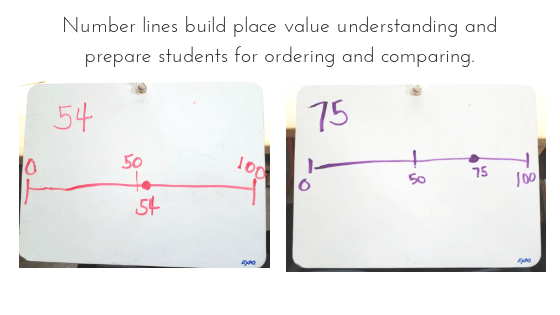
Since I started incorporating these three practices (connecting to money, moving between representations, and using number lines) my students’ understanding of place value increased dramatically!
What methods have you found to be most effective when teaching place value concepts?


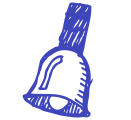



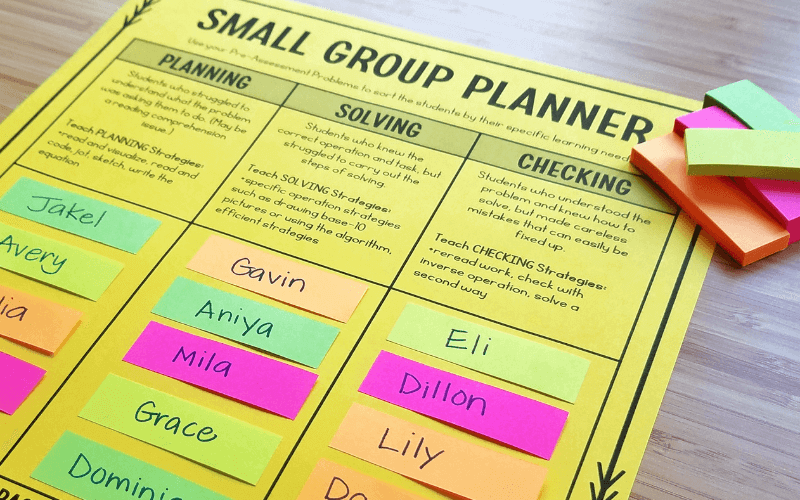
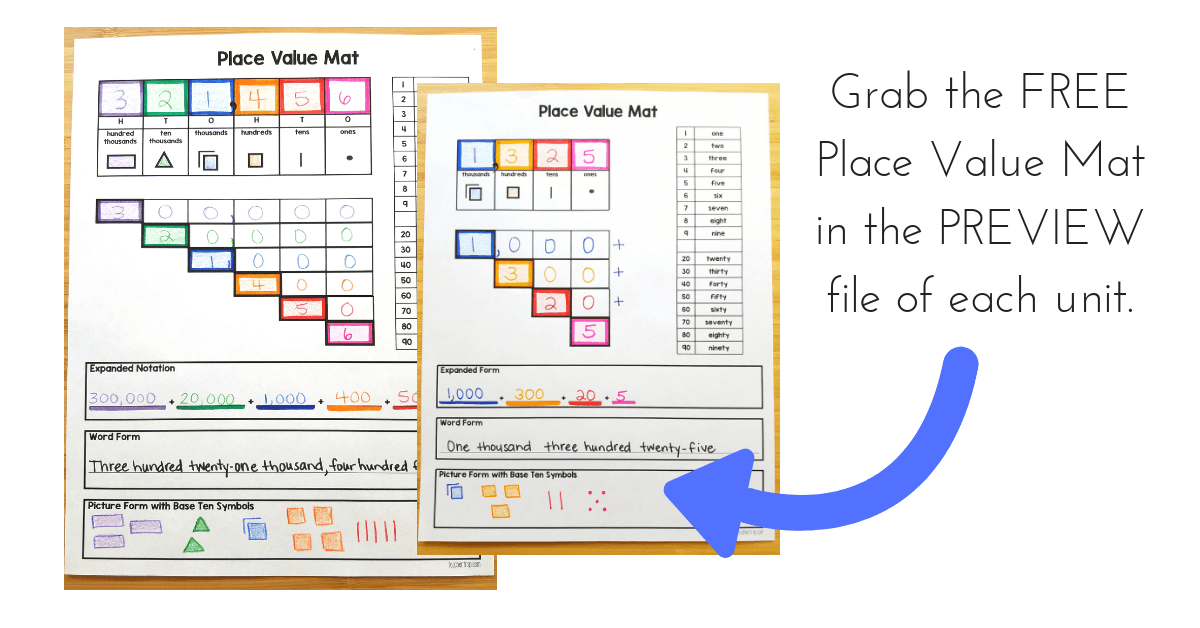
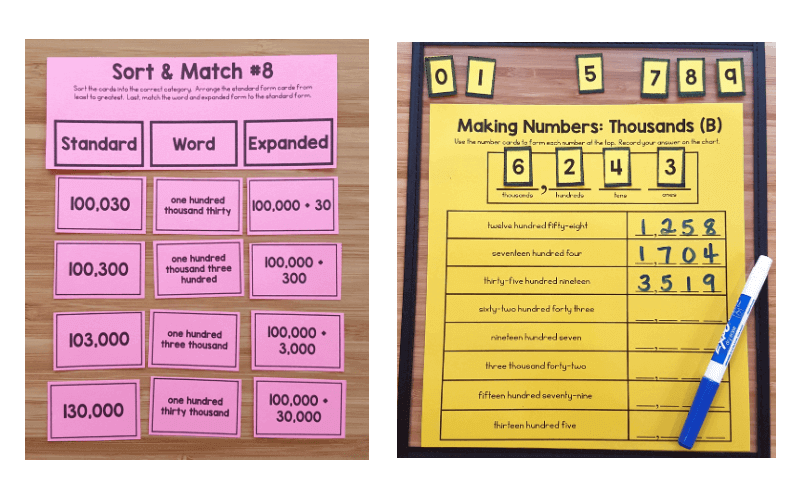
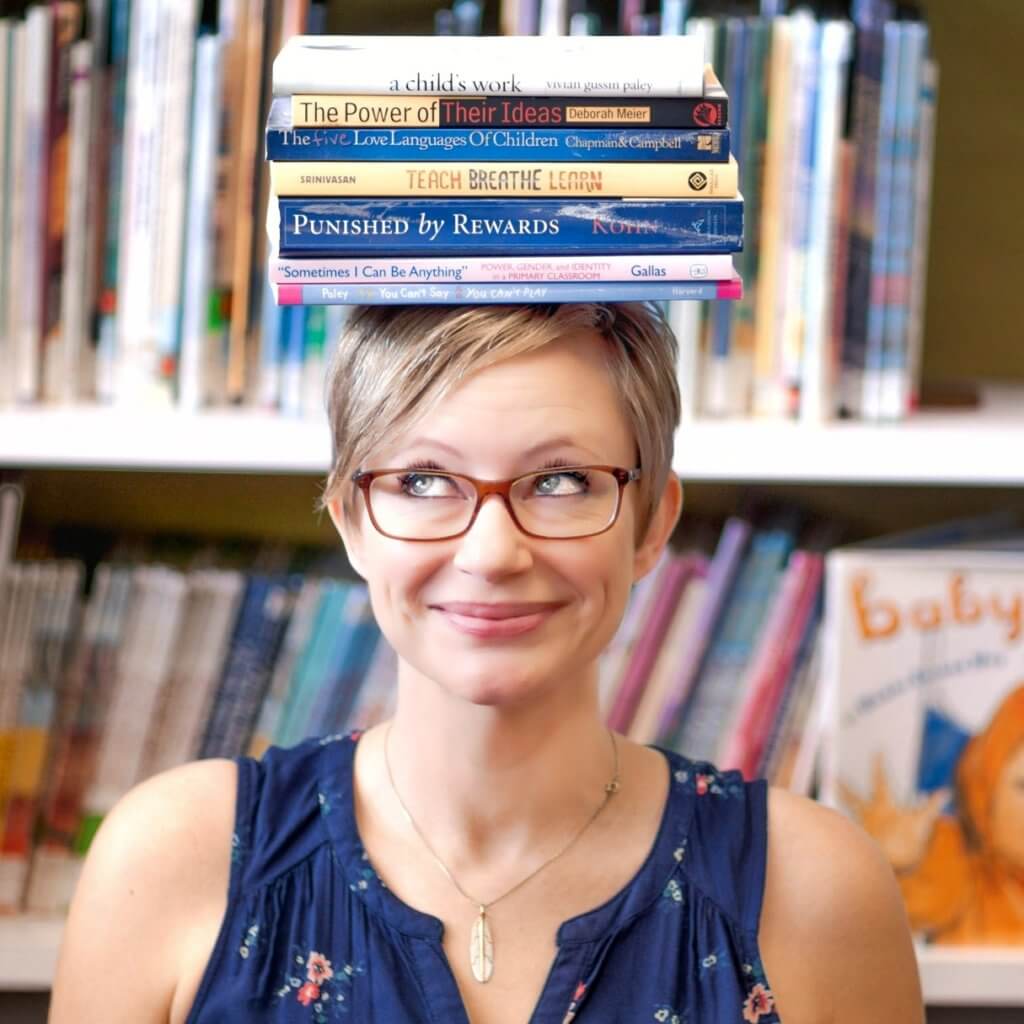
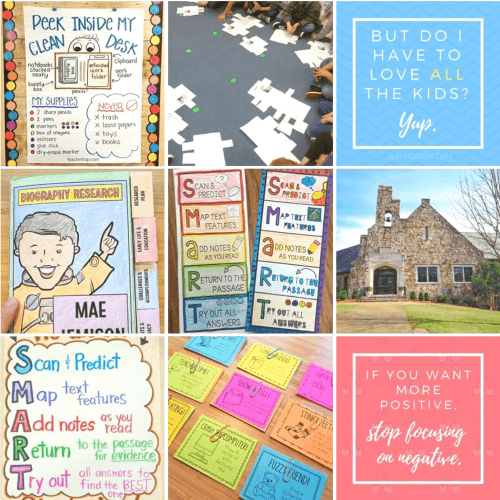
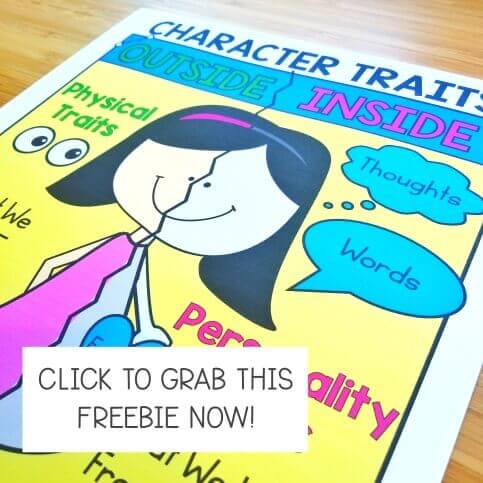
I love your idea of the Place Value sort activity with “expanded, standard, and word” form. Students who are visual or tactile learners will really benefit from doing this type of place value game.
secret #2 was really helpful loads of thanks.
My challenge for struggling students is getting them to visualize that tenths and hundredths are really part of a whole/one in the ones place value. Is there a symbol I can use (for example we use a square for the hundreds place or any long gated rod for the tens place) for base 10 that represents 10ths and hundredths? Ie Symbols for the right side of the decimal?
This is beautiful and easy to understand and FREE!?!?! Wow, thank you so much. Place Value begins tomorrow in our room and I’m already anticipating the anxiety on all parts, mine especially. Thank you for sharing
Great math worksheets resources. It is helpful for us. As a parent, I like to find new worksheets for my son to practice what he has learnt from school in order to keep him in a learning status. I usually use Beestar to download free math worksheets because their worksheets are free of charge, and they provide different levels of math to students.
THIS IS AMAZING! I bought her pack of Place Value stuff and it changed my experience of teaching place value 180 degrees! It’s like magic – following her advice just gets it in those kids heads in a clear way – what a gift! Thank you!!! I’m amazed 🙂
Wow, thank you so much!!
Use dollars instead for whole numbers and coins for decimals.
Hi Kady,
I could not find the place value mat for Grade 3 (the one that goes up to hundred thousands). Is it still available?
Thanks!!